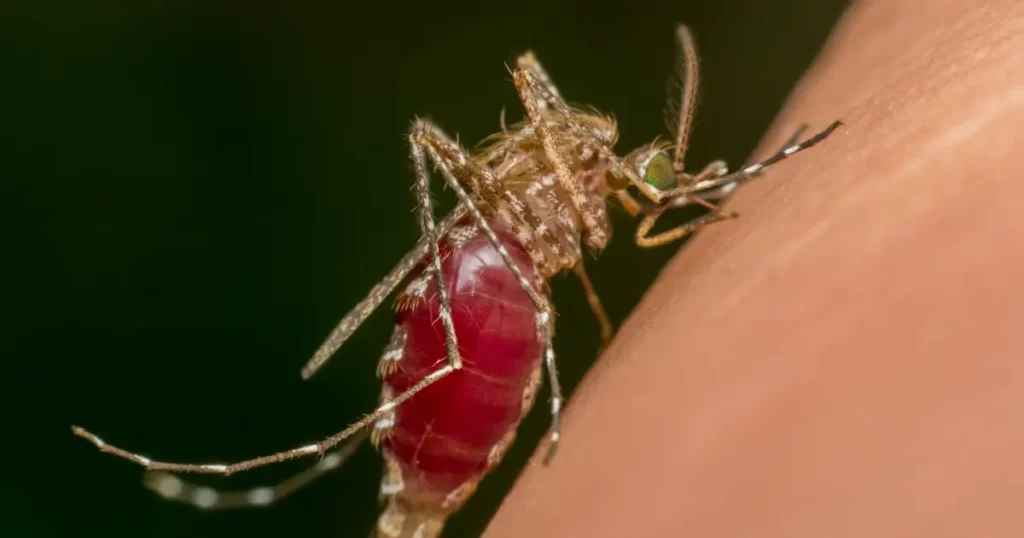Introduction
The H5N1 avian influenza virus remains a significant concern for global health, wildlife conservation, and agricultural industries. Initially affecting birds, the virus has now been detected in a growing number of mammals, raising alarms over potential zoonotic transmission. This article provides an updated overview of the virus’s status, including its global spread, epidemiology, human infections, and emerging scientific concerns.
You're viewing a members-only article.
To keep reading, please log in or join the One Health Society.
Stay connected to exclusive insights, expert commentary, and opportunities to collaborate across the fields of human, animal, and environmental health.
Already a member? Log In
New here? Join the One Health Society - become One
1. Global Spread and Epidemiology
The H5N1 virus, particularly clade 2.3.4.4b, has been reported on multiple continents. In the United States, over 159 million poultry have been affected, with detections in all 51 jurisdictions. Additionally, 11,966 wild birds have tested positive, and outbreaks have been confirmed in 968 dairy herds across 16 states. [1] Human cases remain relatively rare, with 64 confirmed infections through targeted H5 surveillance since March 2024.
In Europe, France has responded by implementing a large-scale vaccination campaign for ducks. This initiative has helped stabilize the poultry industry, leading to a 12.1% production increase in 2024, surpassing pre-crisis levels from 2019. [2]
2. Zoonotic Transmission and Human Cases
While the H5N1 virus primarily affects birds, its growing presence in mammals raises concerns about zoonotic spillover. In March 2024, the virus was detected in U.S. dairy cows, followed by human infections, primarily among dairy workers. As of February 2025, 68 confirmed human cases have been recorded, with one fatality. [3]
Despite these cases, there is no clear evidence of sustained human-to-human transmission. However, scientists remain concerned about viral mutations that could enhance transmissibility. Current cases largely result from direct contact with infected animals. [4]
3. Viral Evolution and Surveillance
The widespread presence of H5N1 among various animal species increases the risk of genetic changes that could facilitate human transmission. Researchers are monitoring viral mutations closely, particularly those affecting its ability to spread between humans.
Efforts to develop vaccines against the current H5N1 strains are ongoing, with mRNA vaccine candidates currently in the trial phase. [3]
4. Preventive Measures and Recommendations
To mitigate risks, stringent biosecurity measures should be implemented in agricultural settings. Routine surveillance of both avian and mammalian populations is essential.
Health experts advise individuals working with poultry and dairy cattle to use personal protective equipment. The general public is urged to avoid contact with sick or dead birds and ensure all poultry and dairy products are properly cooked or pasteurized before consumption. [4]
Conclusion
H5N1 avian influenza remains a dynamic global health concern. Although human cases remain limited, the virus’s ability to infect a broad range of species necessitates vigilant monitoring. A collaborative effort between international health organizations, governments, and the scientific community is crucial to mitigating potential risks.
References
- Centers for Disease Control and Prevention (CDC), 2025. H5 Bird Flu: Current Situation – Summary. Available at: https://www.cdc.gov/bird-flu/situation-summary/index.html [Accessed 18 Feb. 2025].
- Reuters, 2025. French bird flu vaccine campaign helps poultry output recover, producers say. Available at: https://www.reuters.com/business/healthcare-pharmaceuticals/french-bird-flu-vaccine-campaign-helps-poultry-output-recover-producers-say-2025-02-18/ [Accessed 18 Feb. 2025].
- The Wall Street Journal, 2025. First Cows, Now Cats. Is Bird Flu Coming for Humans Next? Available at: https://www.wsj.com/health/bird-flu-cows-cats-human-transmission-7adf14ec [Accessed 18 Feb. 2025].
- Centers for Disease Control and Prevention (CDC), 2025. Fact Sheet: H5N1/Highly Pathogenic Avian Influenza. Available at: https://hhinternet.blob.core.windows.net/uploads/2025/02/hpai-h5n1-clinician-fact-sheet.pdf [Accessed 18 Feb. 2025].













